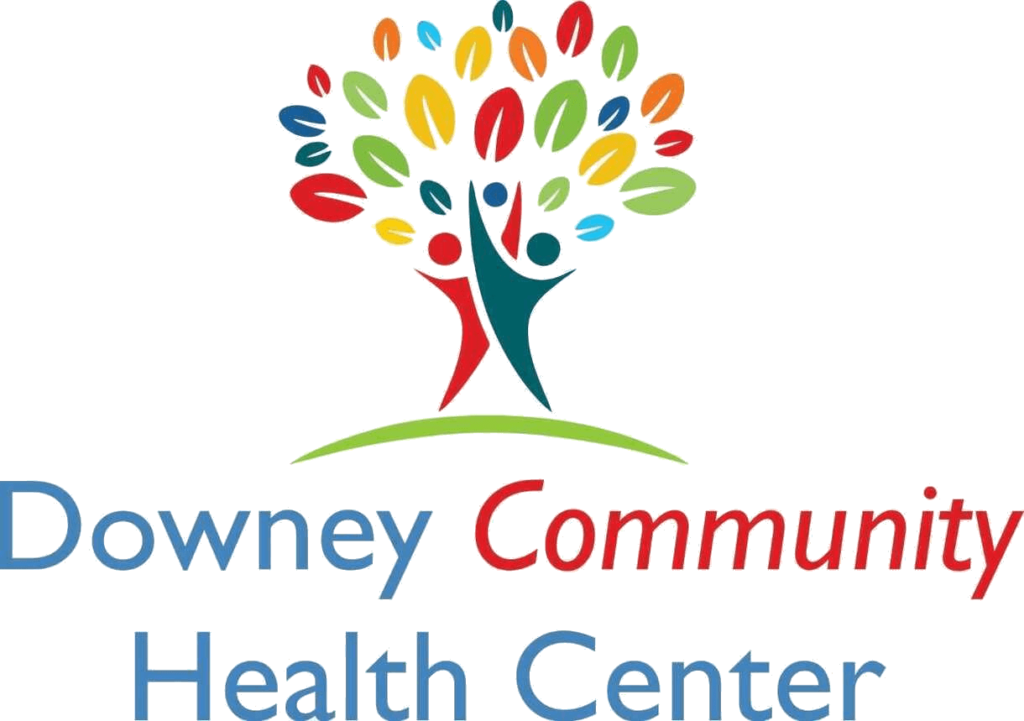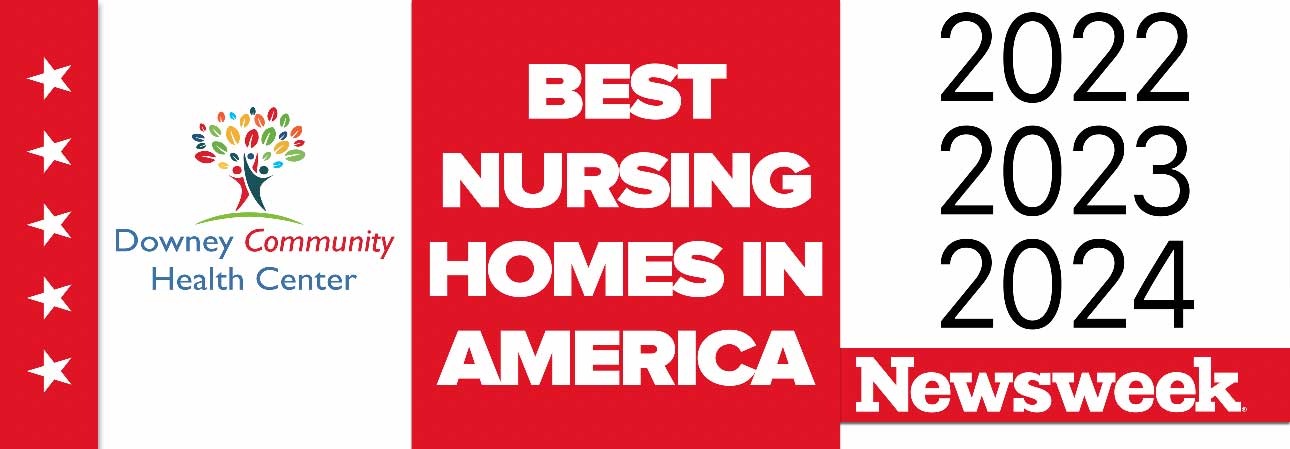Choosing the right nursing home is a personal and emotional decision that directly affects your loved one’s comfort and quality of life.
Key factors to evaluate include staffing qualifications, cleanliness, safety, social opportunities, and clinical care practices.
Consider visible aspects like meals and activities, as well as less obvious ones like medication management and infection control. Government ratings and reports can also help you make an informed choice that ensures dignity and well-being for your family members.
Let’s make your loved one feel at home—reach out to us today!
Key Factors in Evaluating Nursing Home Quality
Staff-to-resident Ratio
Adequate staffing levels are crucial for providing quality care in nursing homes. A higher staff-to-resident ratio ensures that each resident receives personalized attention and timely assistance with daily activities.
This impacts the overall quality of care, as staff members have more time to address individual needs, monitor health conditions, and respond promptly to emergencies. Sufficient staffing also reduces the risk of neglect and improves the overall well-being of residents.
Facility Conditions
Maintaining cleanliness and proper hygiene is paramount in nursing homes. Regular cleaning, disinfection, and sanitization of surfaces, especially high-touch areas, are essential to prevent the spread of infections.
Safety measures such as proper waste management, adequate lighting, and ventilation contribute to a healthy environment. Accessibility features like handrails and wheelchair ramps ensure residents can move around comfortably and safely.
Care Practices
Personalized care plans are vital in nursing homes, tailoring services to each resident’s unique needs, preferences, and goals. These plans encompass medical care, rehabilitation services, social activities, and dining preferences.
Regular assessments by healthcare professionals ensure that care plans remain relevant and effective. The availability of diverse medical and therapeutic services allows for comprehensive care addressing physical, emotional, and social aspects of residents’ well-being.
Resident Satisfaction
Feedback from current residents and their families provides valuable insights into the quality of care and overall atmosphere of the nursing home. High levels of resident satisfaction often indicate effective care practices, a positive living environment, and attentive staff.
Indicators of well-being include residents’ participation in activities, social engagement, and overall happiness. Regular surveys and open communication channels help nursing homes address concerns and continuously improve their services.
Following Quality Frameworks and Standards
Quality frameworks and standards are crucial in evaluating nursing home care. The Donabedian model, a widely adopted framework, assesses healthcare quality through three categories: structure, process, and outcomes. Structure refers to the care delivery context, including facilities and staffing. The process involves interactions between patients and providers. Outcomes encompass the effects on a patient’s health status and satisfaction.
The National Institute for Health and Care Excellence (NICE) provides quality standards that align with Key Lines of Enquiry (KLOEs), helping providers focus on specific aspects of adult social care quality. These standards complement the Care Quality Commission’s (CQC) Single Assessment Framework, which evaluates nursing homes based on safety, effectiveness, and care quality.
CQC inspection reports and ratings offer valuable insights into care home performance. Ratings range from “Outstanding” to “Inadequate,” reflecting how well homes meet expected standards35. Only 3.5% of care homes in England achieve an “Outstanding” rating. These reports assess five key areas: well-being support, leadership, staff team quality, setting, and care planning.
Understanding these frameworks and standards is essential for families evaluating nursing homes, as they provide a comprehensive view of care quality and help identify homes that excel in providing compassionate, effective care for residents.
Practical Steps to Assess Nursing Home Quality
Begin by thoroughly reviewing online resources such as the Nursing Home Care Compare website, which provides a Five-Star Quality Rating System for nursing homes. This system rates facilities on health inspections, staffing, and quality measures. Use tools like ProPublica’s “Nursing Home Inspect” database to search for specific issues or patterns in inspection reports.
Also, consult with healthcare professionals, such as geriatric specialists or social workers, who can offer valuable insights based on their experience with various facilities. They may provide recommendations tailored to your loved one’s specific needs and help interpret complex quality indicators.
Visits and Observations
Schedule multiple tours of potential nursing homes, ideally at different times of day, to observe daily operations and resident care practices. During these visits, pay attention to the cleanliness of the facility, the demeanor of staff and residents, and the overall atmosphere.
Engage in conversations with current residents and their families to gain firsthand accounts of their experiences. Observe mealtime procedures, activity sessions, and how staff interact with residents. Take note of the staff-to-resident ratio and whether residents appear well-cared for and engaged.
Questions to Ask
Prepare a list of specific questions to ask during your visits. Inquire about staff qualifications, training programs, and turnover rates. Ask about the staff-to-resident ratio, especially during nights and weekends. Discuss how care plans are developed and tailored to individual needs, including provisions for specialized care such as dementia support or physical therapy.
Inquire about the facility’s policies on medication management, emergency procedures, and family involvement in care decisions. Don’t hesitate to ask about the nursing home’s performance on quality measures and how they address any identified areas for improvement.
Red Flags to Watch For
When evaluating nursing homes, it’s crucial to be aware of potential red flags that may indicate underlying issues with the quality of care. These warning signs can help you make a more informed decision about the suitability of a facility for your loved one.
High staff turnover rates are a significant concern in nursing homes. Frequent changes in personnel can disrupt the continuity of care and may indicate problems with management, working conditions, or inadequate support for staff. This instability can negatively impact residents’ well-being, as it hinders the development of meaningful relationships between caregivers and residents. Moreover, high turnover often leads to understaffing, which can compromise the quality and safety of care provided.
Unresolved complaints or recurring violations in inspection reports are serious red flags. These issues may point to systemic problems within the facility that aren’t being adequately addressed. Pay close attention to the nature and frequency of these complaints, especially those related to resident care, safety, or dignity. Persistent violations could indicate a lack of commitment to quality improvement or insufficient resources to meet regulatory standards.
A lack of engaging activities for residents is another warning sign. Quality nursing homes should offer a variety of stimulating social, physical, and cognitive activities tailored to residents’ abilities and interests. An absence of such programs can lead to isolation, boredom, and a decline in residents’ overall quality of life. Engaging activities are essential for maintaining cognitive function, promoting social connections, and preserving a sense of purpose and joy among residents.
Let’s make your loved one feel at home—reach out to us today!
By being vigilant about these red flags, you can better protect your loved one and ensure they receive the high-quality care they deserve in their new home.
Conclusion
Selecting a quality nursing home for a loved one is a significant decision that requires careful consideration of multiple factors. The key elements in determining nursing home quality include staff-to-resident ratios, facility conditions, care practices, and resident satisfaction. It’s crucial to evaluate these aspects alongside established quality frameworks and standards, such as the Donabedian model and NICE quality standards.
Practical steps in assessing nursing home quality involve thorough research, including reviewing online ratings and inspection reports and seeking recommendations from healthcare professionals. Personal visits and observations are invaluable, allowing you to witness daily operations and interact with staff and residents. Asking pertinent questions about staff qualifications, training, and individualized care plans can provide deeper insights into the facility’s approach to resident care.
Remain vigilant for red flags such as high staff turnover, unresolved complaints, and a lack of engaging activities for residents. These warning signs can indicate underlying issues that may compromise the quality of care.
Let’s make your loved one feel at home—reach out to us today!







